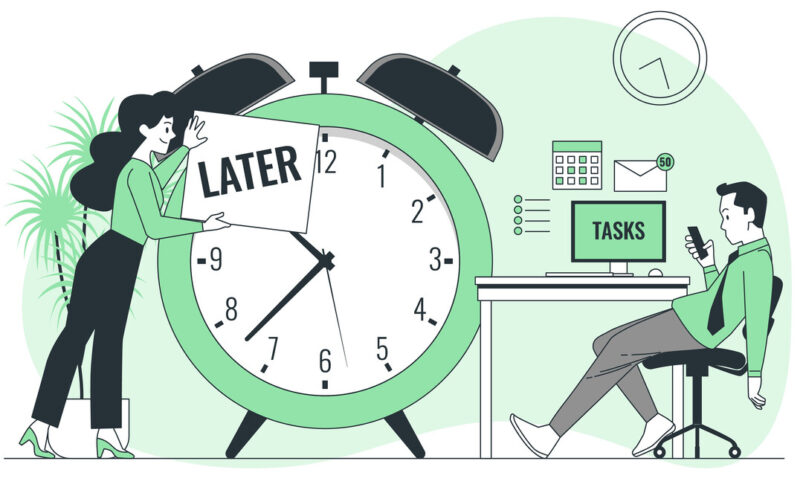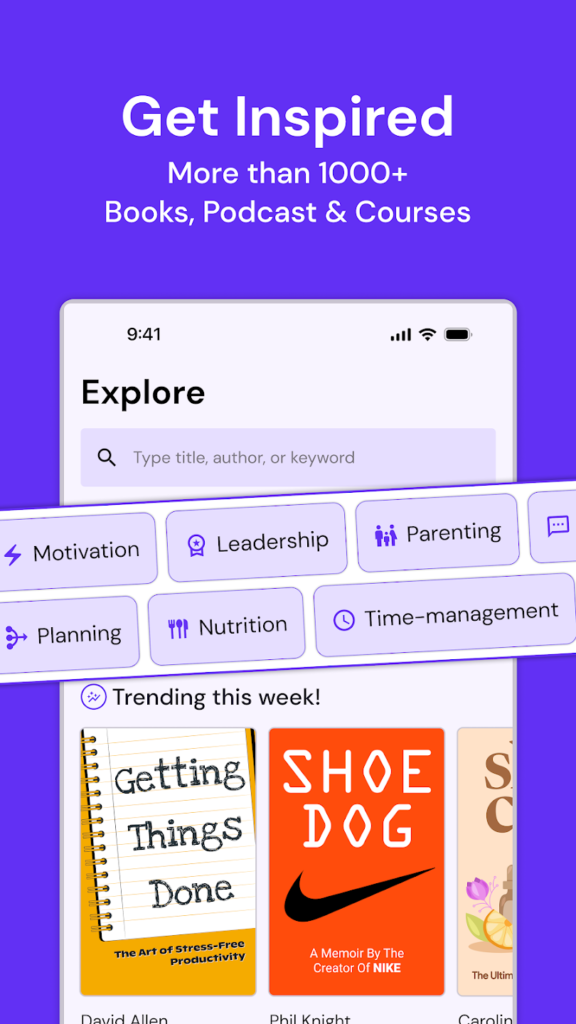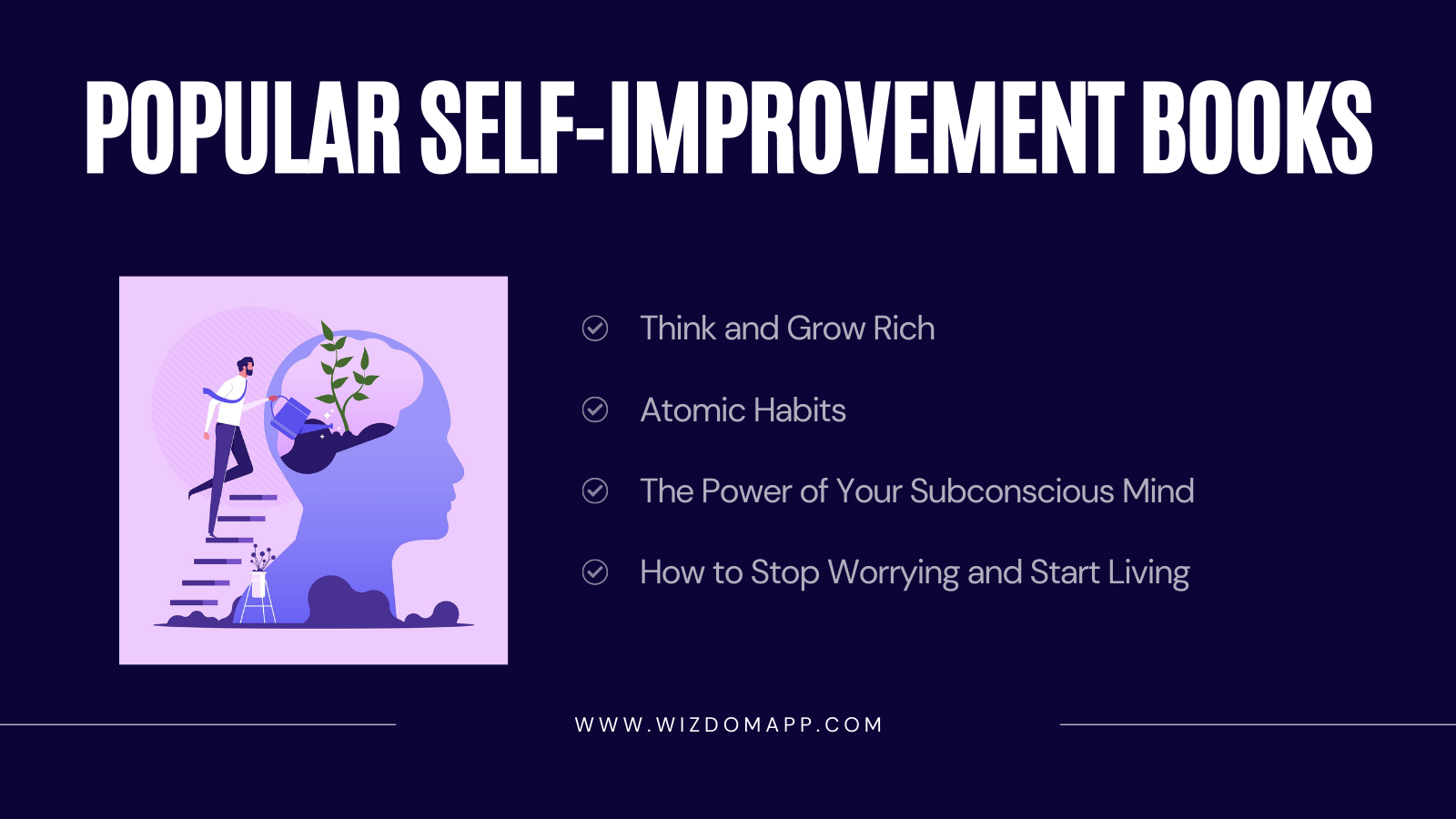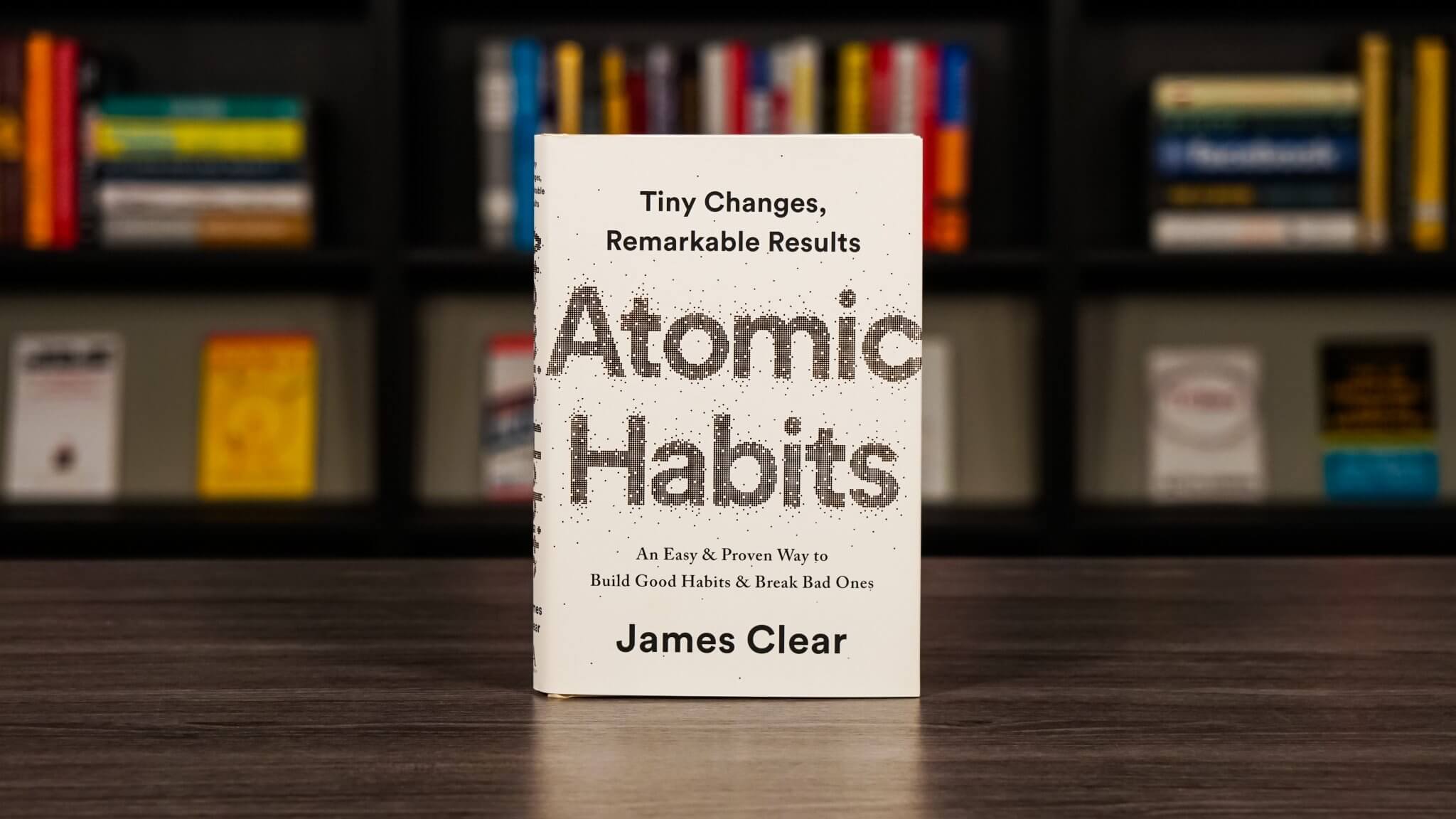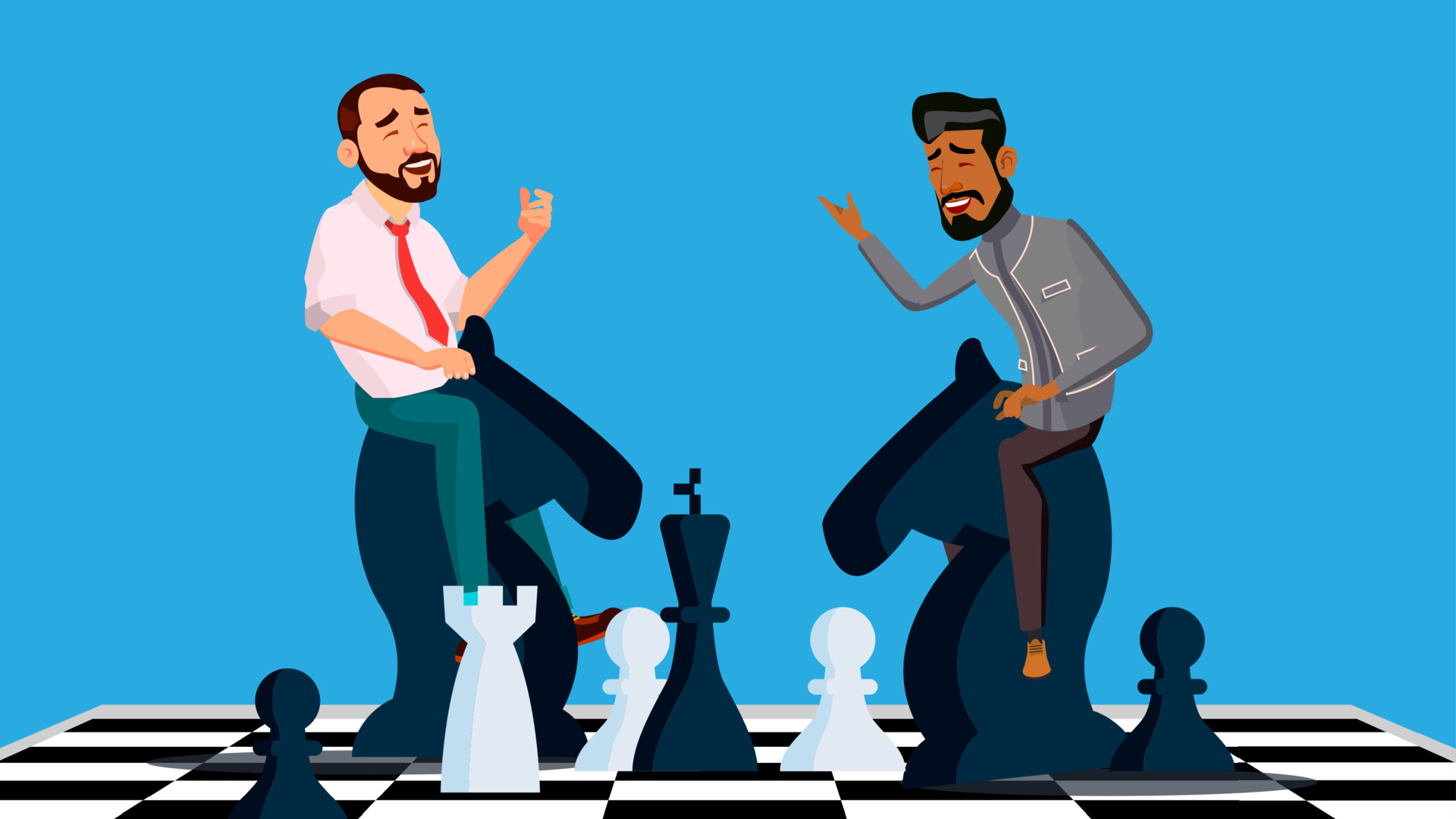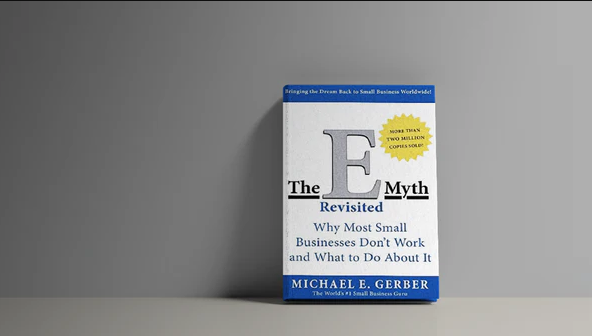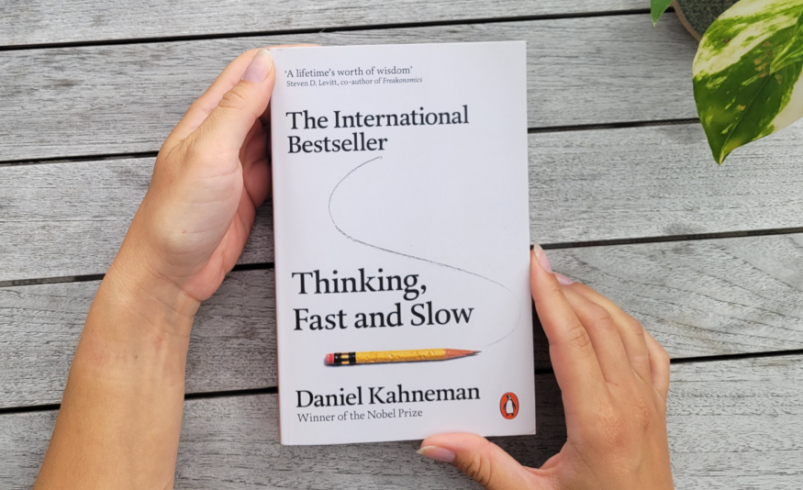
Have you ever made a decision so quickly that you thought, “Wow, I’m basically a human supercomputer!” only to realise shortly after that it might have been one of your worst ideas ever?
Yeah, me too. That’s the beauty and the curse of how our minds work, as brilliantly explained by Daniel Kahneman in his bestselling book Thinking, Fast and Slow. It’s a fascinating dive into the way we make decisions, why we sometimes think too quickly (and incorrectly), and why overthinking can also lead us astray.
For those who haven’t had the pleasure of reading it, or if you just need a refresher, here are 10 powerful takeaways from Thinking, Fast and Slow that will make you rethink how you think.
Contents
- 1 10 Powerful Takeaways are:
- 1.1 1. The Two Systems of Thinking: System 1 and System 2
- 1.2 Cognitive Biases Are Everywhere
- 1.3 The Law of Least Effort
- 1.4 The Illusion of Understanding
- 1.5 The Planning Fallacy
- 1.6 Loss Aversion: The Pain of Losing Outweighs the Joy of Winning
- 1.7 The Anchoring Effect
- 1.8 Overconfidence Is a Dangerous Thing
- 1.9 The Halo Effect
- 1.10 The Power of Priming
- 2 Final Thoughts: Why Thinking, Fast and Slow Matters
- 3 Overcoming Mental Biases with Wizdom
10 Powerful Takeaways are:
1. The Two Systems of Thinking: System 1 and System 2
The central concept of Thinking, Fast and Slow revolves around two modes of thinking: System 1 and System 2. System 1 is fast, automatic, and intuitive. It’s what kicks in when you’re avoiding a pedestrian while driving or recognizing a friend’s face in a crowd. System 2, on the other hand, is slow, deliberate, and logical. It’s what you use when solving a complex maths problem or planning a vacation. Kahneman’s insight? We rely on System 1 way more than we realise, often at the expense of accuracy.
-
Cognitive Biases Are Everywhere
We like to think of ourselves as rational beings, but Thinking, Fast and Slow shows us just how biased we truly are. Cognitive biases are systematic errors in our thinking that affect our decisions and judgments. From anchoring (relying too much on the first piece of information) to availability (overestimating the likelihood of events based on how easily we remember them), our brains are full of shortcuts that don’t always lead to the best outcomes. Recognizing these biases is the first step to minimising their impact.
-
The Law of Least Effort
Humans are lazy thinkers. No, really. Kahneman explains that we tend to default to the least effortful solution, which means our brain often opts for quick, automatic responses (System 1) rather than more deliberate thinking (System 2). The problem? Quick thinking can lead to errors, misconceptions, and a host of other issues. So, if something seems too easy, it might be worth giving it a little more thought.
-
The Illusion of Understanding
We think we understand more than we actually do. This is a comforting illusion that Thinking, Fast and Slow bursts like a bubble. We often create narratives to make sense of the world, and once we have a story, we cling to it—even if it’s not entirely accurate. Kahneman reminds us to be cautious of the confidence we have in our own understanding, as it might be built on shaky ground.
-
The Planning Fallacy
Ever been confident you’d finish a project “in no time,” only to realise it took way longer than expected? That’s the planning fallacy. We tend to underestimate how long tasks will take because we’re too optimistic. Thinking, Fast and Slow teaches us to be realistic about time estimates by accounting for potential obstacles and the unexpected. Spoiler: Everything takes longer than you think, especially assembling IKEA furniture.
-
Loss Aversion: The Pain of Losing Outweighs the Joy of Winning
Kahneman’s research on loss aversion reveals that we are more motivated to avoid losses than to acquire gains. In other words, the pain of losing $100 is stronger than the joy of gaining $100. This can lead us to make overly cautious decisions or stick with the status quo, even when there might be a better option out there.
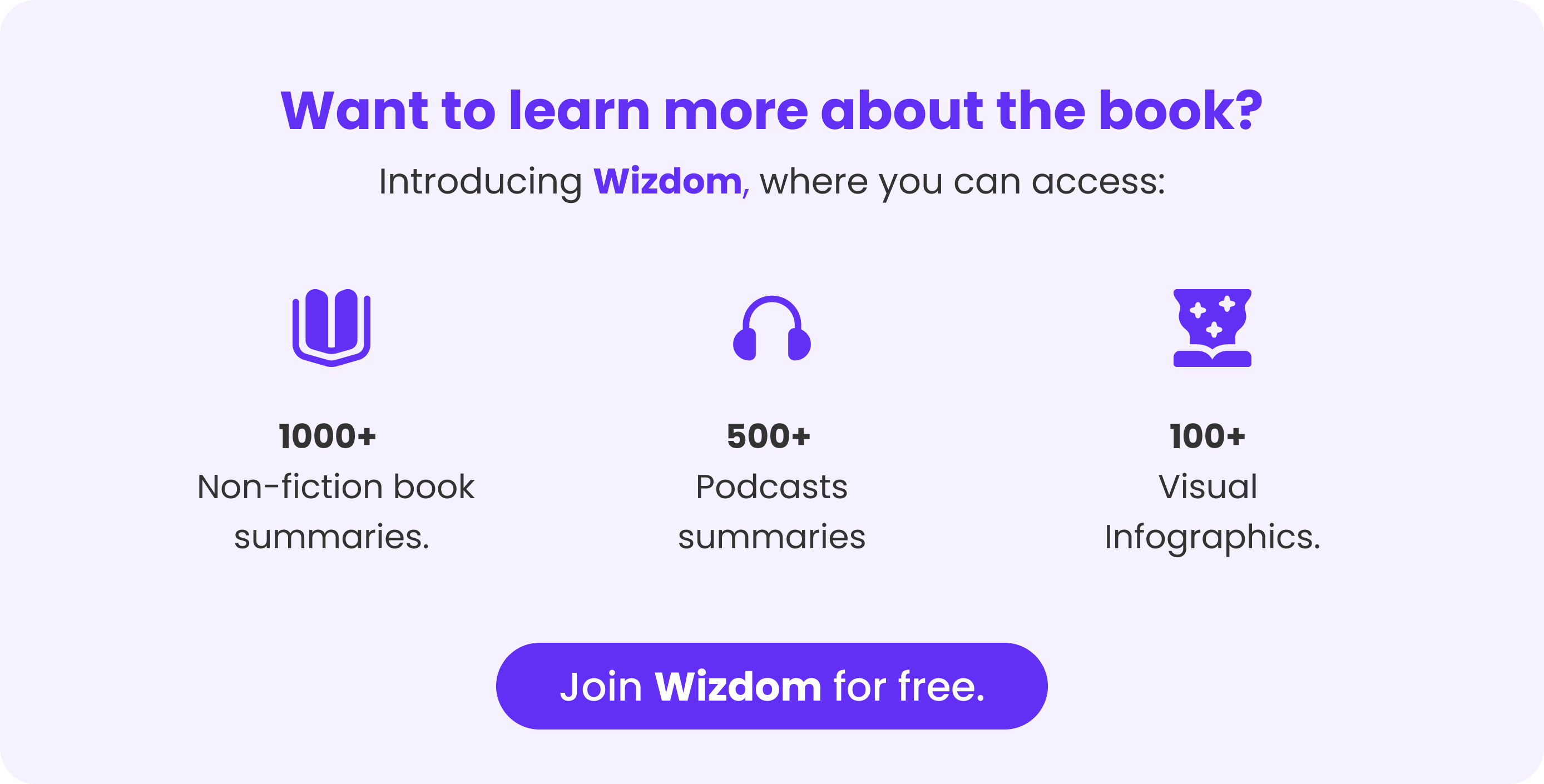
-
The Anchoring Effect
This is one of those biases that really makes you go, “Wait, what?” Anchoring is when we rely too heavily on the first piece of information we receive, even if it’s irrelevant. For example, if you’re negotiating a salary and the first number mentioned is $50,000, your mind subconsciously latches onto that, influencing your judgement. Thinking, Fast and Slow warns us to be mindful of this effect, especially in situations that require negotiation.
-
Overconfidence Is a Dangerous Thing
Confidence can be attractive, but overconfidence? Not so much. Kahneman emphasises that we are often more confident in our knowledge and predictions than we have any right to be. We overestimate our abilities, which can lead to poor decisions. This isn’t to say confidence is bad, but Thinking, Fast and Slow teaches us to be sceptical of our own certainty and more open to alternative viewpoints.
-
The Halo Effect
The halo effect is when our overall impression of a person, company, or product influences how we feel about their specific traits. If we perceive someone as likeable, we might also think they’re intelligent, even if there’s no evidence to support that. Thinking, Fast and Slow shows how this bias can affect everything from hiring decisions to customer reviews. So, the next time you’re swept off your feet by someone’s charm, remember that it doesn’t necessarily make them a genius.
-
The Power of Priming
Priming is when exposure to a word or idea influences your behaviour and thoughts without you even realising it. For example, if you’re exposed to words like “elderly” and “slow,” you might unconsciously walk at a slower pace. Thinking, Fast and Slow uses this concept to illustrate how our environment can shape our actions in subtle ways. The takeaway? Be mindful of the cues you’re exposed to, as they can nudge your behaviour in unexpected directions.
Final Thoughts: Why Thinking, Fast and Slow Matters
Thinking, Fast and Slow isn’t just about understanding how our minds work; it’s about using that understanding to make better decisions. By recognizing when we’re relying too much on System 1, identifying our biases, and practising more deliberate thinking, we can improve the way we navigate the world. Plus, who doesn’t want to feel a little bit smarter about their own brain?
Overcoming Mental Biases with Wizdom
Now, if you’re ready to put these insights into action but need a little help staying on track, allow me to introduce Wizdom. Think of it as your personal coach for clearer thinking and better decision-making. Wizdom offers daily tips, insights, and motivational reminders to help you manage mental biases, stay focused, and make smarter choices. Download Wizdom today and start thinking – both fast and slow – in a more balanced, mindful way.
In the end, Thinking, Fast and Slow reminds us that our minds are complex, and that’s what makes us human. We’re not always rational, but with a little bit of awareness, we can learn to navigate life’s tricky decisions with a bit more grace, confidence, and maybe even humour.

Zia Hawwa
Currently pursuing a Degree in Criminology, Zia’s passions lie in the world of literature and the human psyche. She loves what the world has to offer, and is always on the journey of satisfying her curiosity.
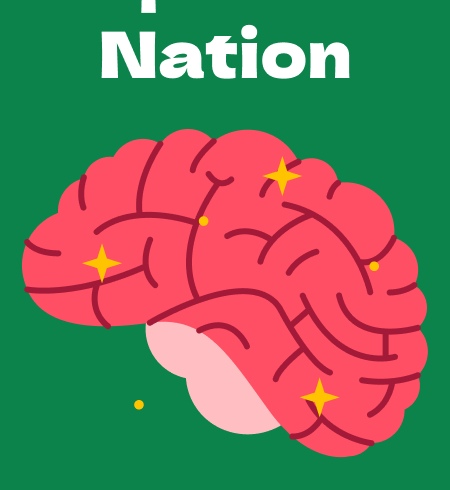
Dopamine Nation – 8 Powerful Takeaways
Recent Posts
- 25 Top Quotes from The 10X Rule to Supercharge Your Ambition
- 10 Books You Must Read to Succeed in Your Career
- 30 Little Tricks for Big Success in Relationships
- 25 Life-Changing Self-Help Books to Read This December: Boost Your Mood and Your Mind
- 25 Amazing Self-Care Tips for December: Wrap Yourself in Joy, Not Stress

